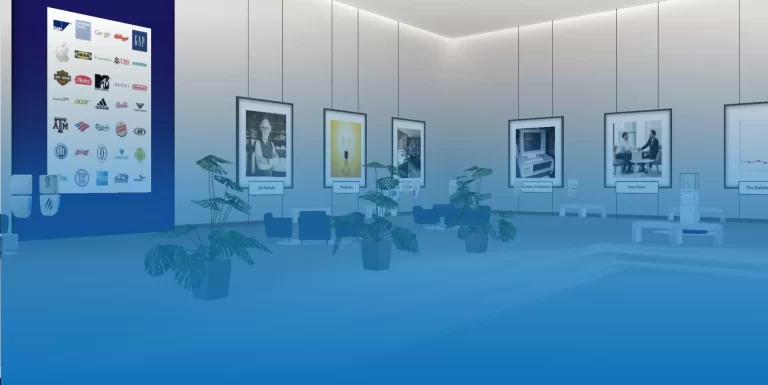14 Immersive Marketing Trends 2024 | Immersive Metaverse
Metaverse platforms are taking immersive branding strategies to the next level – read on for inspiration about how to make this new tech environment work for you. In 2024, the term “metaverse” will become a tangible reality, gradually expanding and evolving. It is essentially the next phase of the internet, where everything we do digitally … Continue reading 14 Immersive Marketing Trends 2024 | Immersive Metaverse
0 Comments
